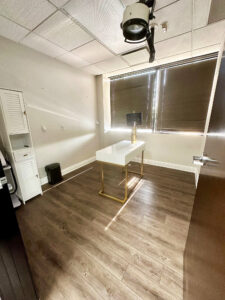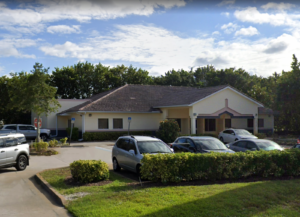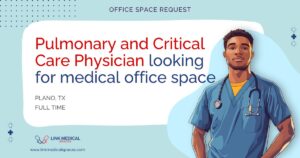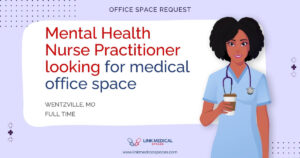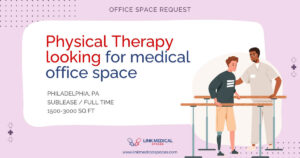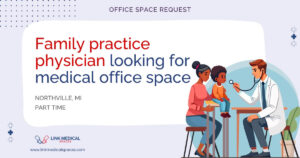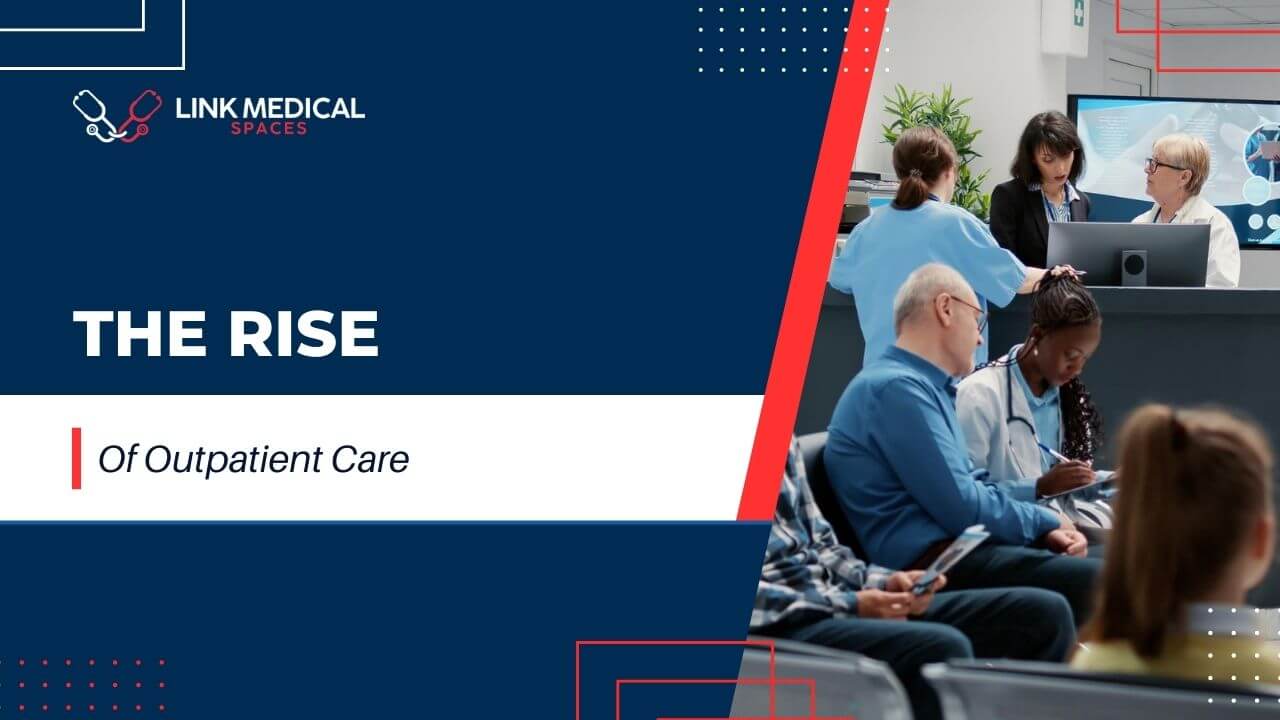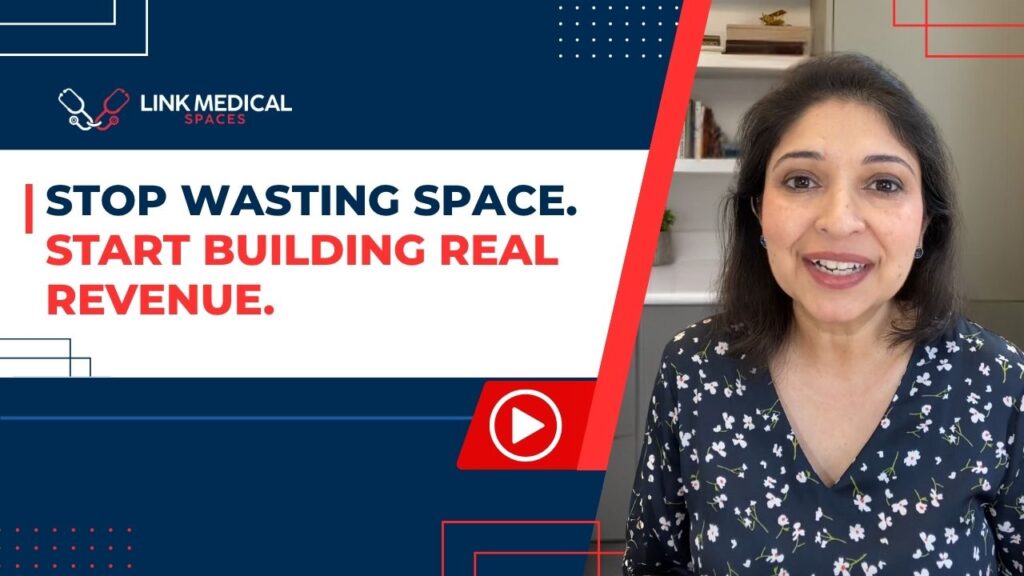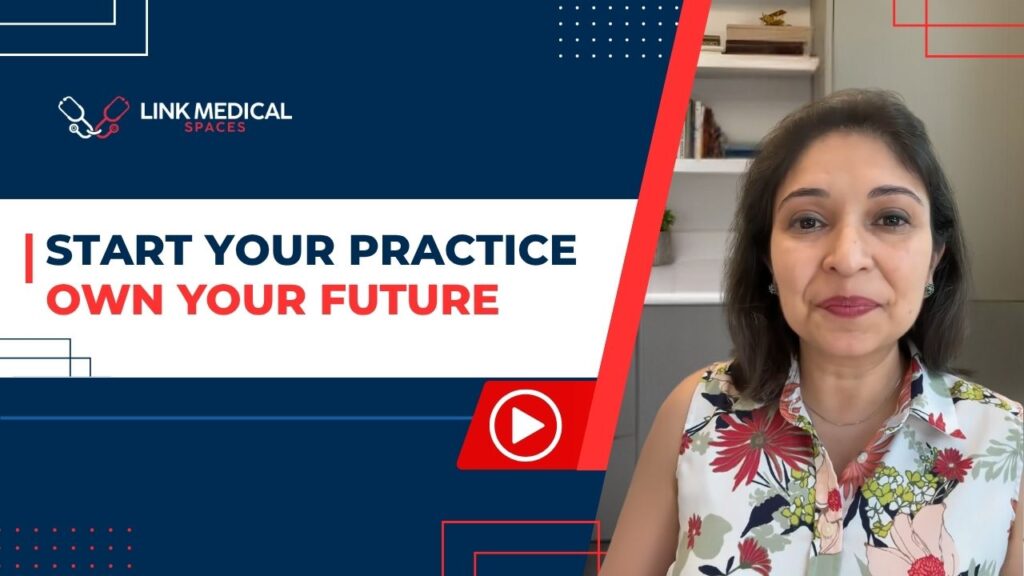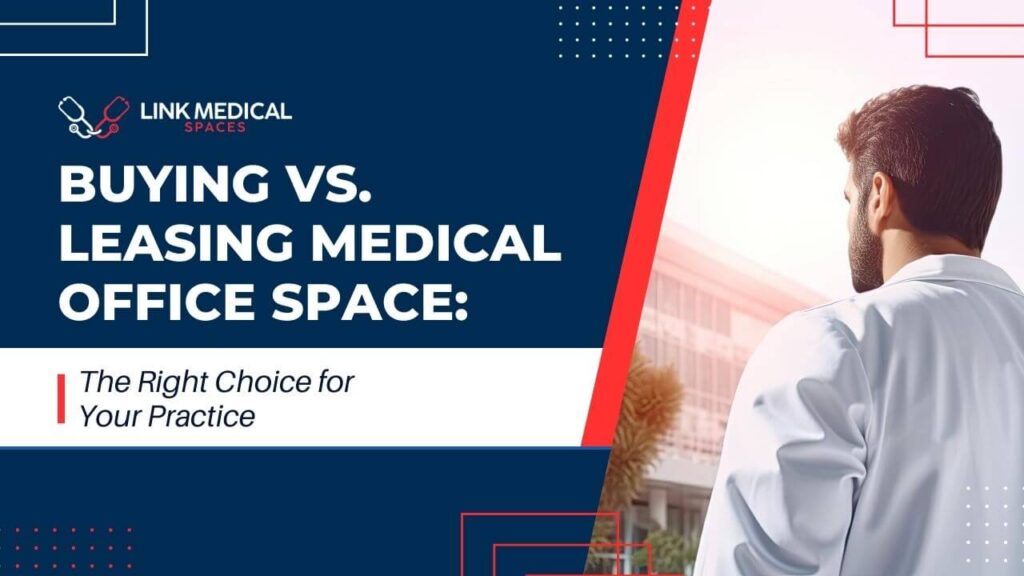The landscape of healthcare is rapidly evolving, and with it, the real estate that supports it. One of the most significant shifts in recent years is the movement of healthcare professionals away from traditional hospital campuses and into outpatient facilities, medical office buildings (MOBs), and even retail spaces.
This change isn’t just a trend—it’s a response to growing patient demand for convenient, accessible care and the need for cost-effective, flexible spaces for healthcare providers.
So, why is outpatient care booming, and how is it reshaping the medical real estate market? Let’s take a closer look.
The Growth of Outpatient Care
Why Are More Healthcare Providers Moving Off Hospital Campuses?
Several factors are driving the shift toward outpatient facilities:
✅ Patient Convenience
Patients increasingly expect healthcare to fit into their daily lives—much like shopping, dining, and other services. Instead of navigating large hospital campuses, they prefer easily accessible locations with:
- Ample parking
- Shorter wait times
- Less crowded environments
Outpatient centers provide a more patient-friendly experience, reducing stress and improving satisfaction.
✅ Lower Costs for Providers & Patients
Operating a medical practice within a hospital setting is expensive due to higher overhead costs, hospital fees, and administrative expenses. Moving into an outpatient facility or MOB allows providers to:
- Reduce operational costs
- Offer more affordable care to patients
- Maintain financial independence from hospital systems
These cost savings benefit both providers and patients, making outpatient care a financially smart choice.
✅ Advancements in Medical Technology
Many procedures that once required overnight hospital stays can now be performed in outpatient settings, thanks to:
- Minimally invasive techniques
- Improved anesthesia and pain management
- Portable diagnostic equipment
This shift allows more specialty practices, surgical centers, and imaging facilities to operate outside hospital settings.
✅ More Personalized & Specialized Care
Standalone outpatient facilities offer providers the ability to create a customized, patient-focused experience. Whether it’s a concierge-style primary care office, a specialized physical therapy center, or an ambulatory surgery center (ASC), these facilities allow for greater control over:
- Patient experience
- Staff coordination
- Facility design
With more autonomy, providers can offer a higher level of service and efficiency.
How This Shift is Reshaping Healthcare Real Estate
As outpatient care expands, so does the demand for medical office space in new locations. Here’s how this shift is impacting the real estate market:
🚀 Medical Office Buildings (MOBs) Are in High Demand
With more healthcare providers seeking outpatient space, MOB vacancies are dropping, and rents are rising. Medical tenants tend to sign long-term leases (7-10 years), making these properties highly desirable investments.
For landlords and investors, this sector is one of the most stable and recession-resistant in commercial real estate.
🏬 Retail & Mixed-Use Spaces Are Becoming Medical Hubs
Many healthcare providers are setting up offices in shopping centers, strip malls, and mixed-use developments. These locations provide:
- High visibility to attract new patients
- Easy access for patients already running errands
- Lower real estate costs compared to hospital-affiliated buildings
For example, urgent care centers, dental clinics, and specialty providers are increasingly occupying former retail spaces, bringing healthcare closer to where people live and shop.
📍 Suburban Growth: Medical Offices Moving Closer to Residential Areas
As urban real estate costs rise, many healthcare providers are shifting to suburban and community-based locations. These areas offer:
- More affordable lease rates
- Easier parking and accessibility
- A growing patient base as suburban populations increase
This trend is particularly strong for primary care, pediatricians, and outpatient therapy services, where patient convenience is a top priority.
🔄 Flexible Lease Terms & Custom Build-Outs
Unlike traditional office tenants, medical practices require specialized spaces with:
- Exam rooms
- Surgical suites
- Waiting areas
- Compliance with ADA, HIPAA, and OSHA regulations
Because of these needs, landlords are becoming more flexible with lease terms and build-out allowances, making it easier for providers to customize their spaces.
Key Considerations for Healthcare Providers Moving Off-Campus
If you’re considering relocating your practice to an outpatient setting, here are a few critical factors to keep in mind:
Demographics & Patient Flow
Choose a location that aligns with your target patient base. Consider:
- Population density
- Age demographics
- Insurance coverage rates
- Competition from other providers
A well-placed practice ensures steady patient traffic and long-term success.
Accessibility & Parking
Convenience is key. Patients prefer locations that are:
- Easy to reach by car or public transit
- ADA-compliant with elevators and ramps
- Equipped with ample, free parking
Hospital parking is often expensive and inconvenient—patients appreciate the ease of an outpatient facility.
Space Customization
Medical offices have unique build-out needs. Before signing a lease, ensure the property can accommodate:
- Exam rooms and treatment areas
- Medical gas lines, plumbing, and electrical modifications
- Proper ventilation and HVAC for infection control
- Imaging or lab space, if needed
Working with a healthcare real estate expert can help ensure your space is properly designed for medical use.
📈 Long-Term Growth Potential
Your practice may expand over time. Choose a location that allows for:
- Future expansion within the building
- Additional team hires
- A growing patient population
Planning for growth now can save the hassle of relocating later.
Cost & Lease Terms
Understanding lease structures is essential. Medical tenants should negotiate:
- Tenant improvement allowances (TIs) for build-outs
- Flexible lease terms that align with business goals
- Favorable renewal options to avoid unexpected relocations
Since healthcare leases often last 7-10 years, it’s crucial to get the terms right from the start.
The Future of Outpatient Care & Medical Real Estate
The rise of outpatient care is not slowing down. As healthcare delivery evolves, so will the demand for flexible, patient-friendly spaces. Providers who adapt to these trends will be better positioned to:
✔ Offer more convenient care
✔ Reduce operating costs
✔ Expand their patient base
For healthcare professionals, understanding how to navigate this shift in real estate is critical to long-term success.
As more medical practices move off-campus, outpatient facilities will continue to reshape the real estate market, offering new opportunities for providers, landlords, and investors alike.
For more insights into medical office leasing, subleasing, and investment trends, stay informed with Link Medical Spaces—your trusted resource for navigating the complexities of healthcare real estate.

